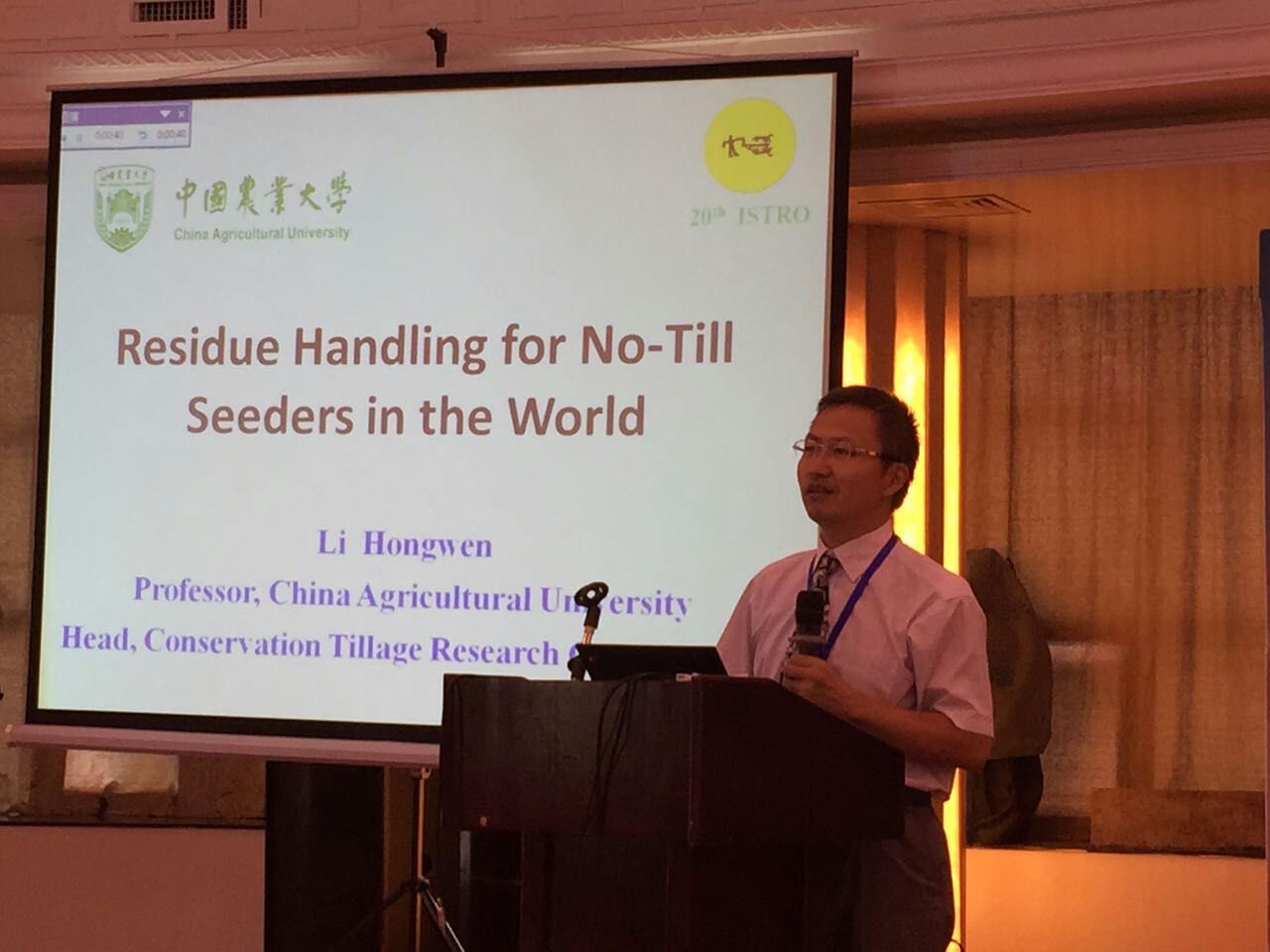Traffic and tillage effects on runoff and soil loss on the......
October 20,2015Infos:
This paper reports the outcome of 5 years of field plot runoff monitoring, 2 years of water erosion measurement, and a rainfall simulation experiment on moderately sloping farmland on the loess plateau of north-west China. The objective was to test different conservation tillage systems compared with the control treatment, conventional mouldboard plough practice (CK). Tillage, residue cover, and compaction effects were assessed in terms of runoff and soil
erosion.
Results from the runoff plots showed that conservation tillage, with more residue cover, less compaction, and less soil disturbance, could substantially reduce runoff and soil erosion compared with the control. No tillage with residue cover and no compaction produced the least runoff and soil erosion. Compared with the control, it reduced runoff and soil erosion by about 40% and 80%, respectively. At the start of the experiment, residue cover appeared to be the most important factor affecting soil and water conservation, particularly when antecedent soil moisture was limited. With the accumulation of tractor wheeling effects over the course of the experiment, soil compaction appeared to become a more important factor affecting runoff.
Rainfall simulation was then used to assess the effect of non-inverting surface tillage and different levels of residue cover and wheel compaction on infiltration and runoff. This confirmed that wheel compaction effects could be greater than those of tillage and residue cover, at least under the 82.5 mm/h rainfall rate produced by the simulator. The wheeling effect was particularly large when the treatment was applied to wet soil, and severe even after wheeling by small tractors.
Featured Downloads
- Traffic and tillage effects on wheat production on the Loess Plateau of China: 2. Soil physical properties 2015-10-20
- Thoughts on developing small/medium size...... 2015-10-20
- Effects of 10 years of conservation tillage on soil properties and productivity in the farming–pastoral ecotone of Inner Mongolia, China 2015-10-20
- Design and Experiment of ф-type-knots Knotters on Chinese Small Square Balers 2015-10-20
- Conservation Agriculture in the 21st Century 2014-06-23
- Effects of 15 years of conservation tillage on soil structure and productivity of wheat cultivation in northern China 2015-10-20
